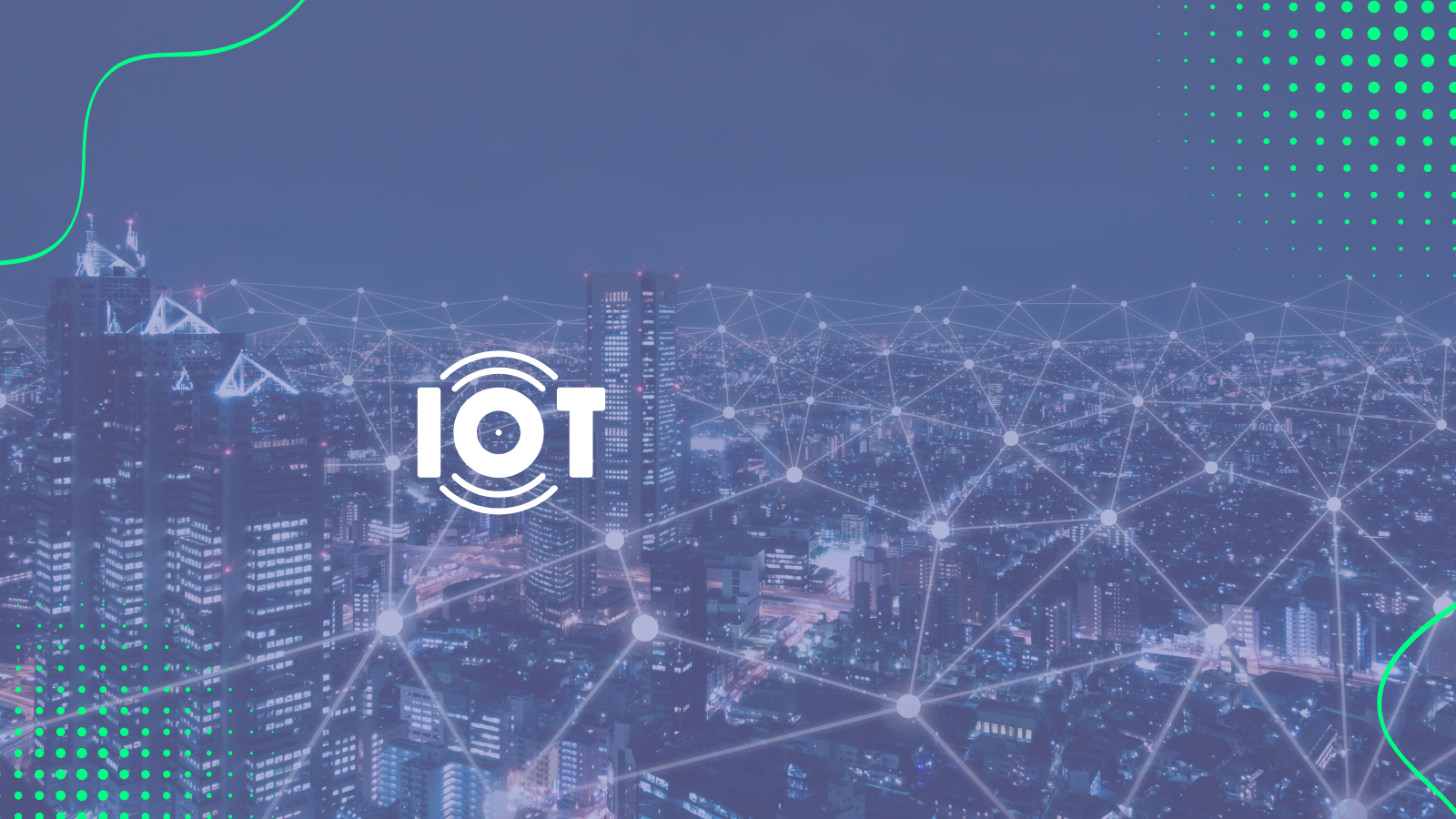IoT: transforming loss management
The “Internet of Things” (in English, Internet of Things, or IoT) emerged in 1999 as a way to connect objects to the internet.
What are the requirements for an IoT device to exist?
Well, basically connectivity and autonomy are needed, that is, a battery to capture and collect data and an effective network connection to send the data to the cloud.
With technological evolution, batteries have become smaller and more efficient, increasing the useful life of devices. And the connection went through 3G, 4G….and today we have 5G, the new generation of mobile networks that is much faster.
One thing is certain, from the electronics we have at home to the sanitation sector: IoT is revolutionizing the way we interact with the world.
IoT in Sanitation: transforming loss management
The Internet of Things (IoT) is transforming water loss management in several ways, including:
Increased efficiency: IoT sensors can collect real-time data on network pressure, leaks, and other conditions. This data can be used to identify and fix problems quickly, before they cause major losses.
Cost reduction: IoT can help reduce the operational costs of managing water losses. Technology can help automate tasks such as leak monitoring, which can free up employees to focus on other tasks.
Reliability improvement: IoT can help improve the reliability of the water supply network. Sensors can detect equipment failures before they cause interruptions in the water supply to the population.
In Brazil, technology is being used to improve water loss management in several cities.
For example, the city of Curitiba is using sensors to monitor the pressure of its water supply network. The data collected by these sensors is being used to identify and fix leaks, which has helped reduce 70% actual water losses.
